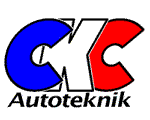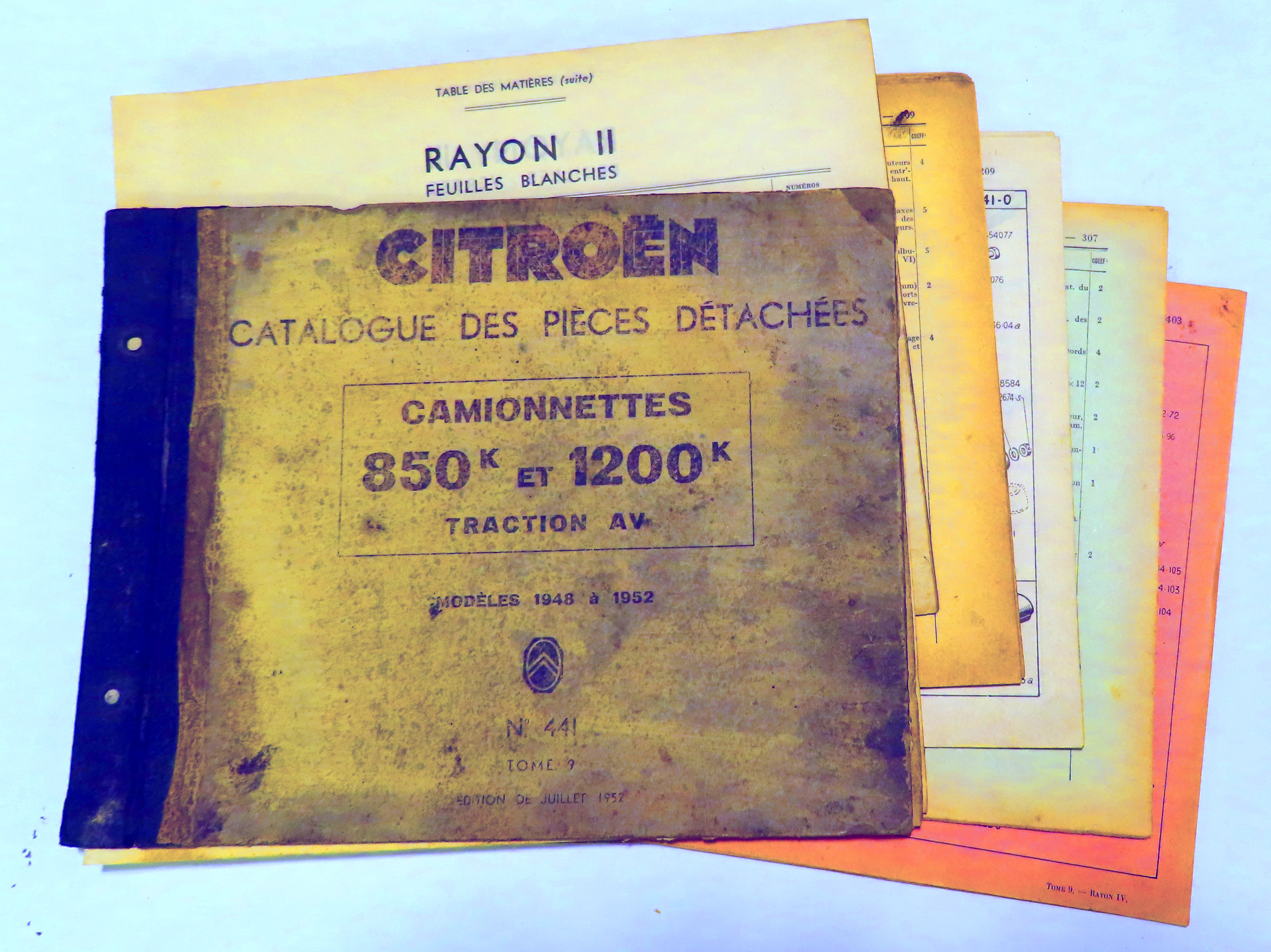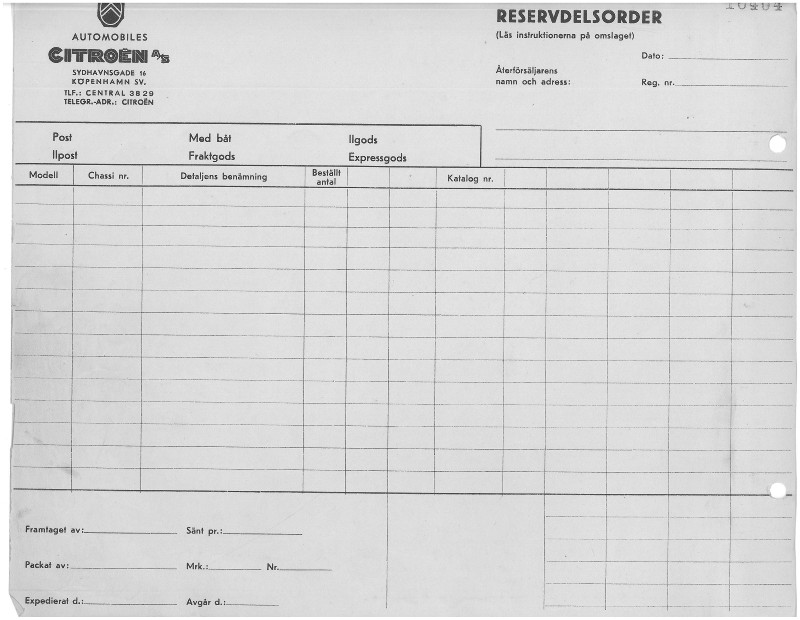

|
|
|
| |
"Rayons" - the organization of the spare parts service |




 This classification was visible in the spare parts catalogues as each of the four main rayons (I, II, III, IV)
had their separate sections in the catalogues with pages in four separate colours (yellow, white, green and pink).
In each of these sections, all the parts generally belonged to the corresponding rayon, if nothing else was noted.
Beyond these four main rayons, there were two more: rayon VI and "large parts".
This classification was visible in the spare parts catalogues as each of the four main rayons (I, II, III, IV)
had their separate sections in the catalogues with pages in four separate colours (yellow, white, green and pink).
In each of these sections, all the parts generally belonged to the corresponding rayon, if nothing else was noted.
Beyond these four main rayons, there were two more: rayon VI and "large parts".
If a particular part belonged to another rayon than the section, in which it appeared in the catalogue, this was marked by a parenthesis with an R. followed by the number of that rayon, for instance (R. VI). If and when a part belonged to the "large parts" rayon is difficult to see in the catalogues, but I presume a trained spare parts assistant at any Citroën dealership knew this by intuition.
 If you have an original catalogue in your hand, the colours of the four
sections are usually faded beyond recognition, and in the various copies
and scannings most of us have access to, there is no trace of them
whatsoever. Therefore, we have to look in the table of contents at the start
of the catalogue, to find out where the sections start and end. In the
picture to the right, the colours have been amplified.
If you have an original catalogue in your hand, the colours of the four
sections are usually faded beyond recognition, and in the various copies
and scannings most of us have access to, there is no trace of them
whatsoever. Therefore, we have to look in the table of contents at the start
of the catalogue, to find out where the sections start and end. In the
picture to the right, the colours have been amplified.
Everyone ordering spare parts were required to fill out and send separate lists for each rayon. Pre-printed forms had even been distributed for this purpose. It seems a bit troublesome, but this gave Citroën the possibility to divide the spare parts service in different departments (maybe even different buildings) that could be specialized in, for instance, large and heavy items (that needed hoists and trollies) or perhaps parts that needed cleanliness, like interior trim. Before the age of plastic wrapping, parts like seat covers and fabric lining in pale colours, could not be handled by people with dirty fingers.
Today, it may appear strange, that Citroën in this way involved the clients in how the stock was organized internally. We would otherwise expect that you could submit one collected list with all your orders to Citroën, which would then take care of the internal workflow behind the scenes. Before the advent of computers, however, this would require someone in Citroën to copy the orders - by hand or by typewriter - with all the errors that this extra step could introduce. Apparently, it was deemed better by Citroën to delegate this responsibility to the clients, where there were normally, after all, dedicated people doing the ordering of spare parts.
All of this has probably only had any relevance for those ordering spare parts with "the factory" - meaning dealerships in France and the importers in all countries.
In Denmark, dealers sent collected orders on single sheets of paper to the Danish importer (the daughter-company Citroën Danmark) with no division into
rayons. This can be seen from the pre-printed order form shown here below. From its typeface and logo, we can clearly see that it is from the era when the rayon system
was still in use in France. Dilligent clerks at the Danish importer must then have copied these orders to the different new rayon-specific order sheets.
In catalogues where the majority of the parts belong to the "general" number series 1-900.000 (like for instance TA no. 420 from 1959,
T23 no. 419 from 1961 and T45/T55 no. 433 from 1962) you find the spare parts divided into
rayons I, II, III, IV, VI and "large parts":
The result of this, however, was greater complexity, as you can see for
instance in this excerpt from catalogue 446 from 1962. In order to repair a 2CV Van, for instance, you might need parts from the
series A, AZ, AU, AZU and from the general series 1-900.000, and therefore you could theoretically need 3 lists for numbers with A, 3 lists for number with AU etc.
Furthermore, you might up to 6 lists for the general series - Totally as much as 18 different lists. A large garage with
a number of cars in repair could have to prepare and send close to 50 lists on the same day. If must have been a
thick envelope with the lists sent every day by the evening post.
Around 1965, this system was simplified by abolishing rayons I-IV. This meant that
the general series 1-900.000 became divided into only two categories: rayon VI respectively all other parts. The model specific
spare parts series should still be divided into 3 categories.
At this point in time, you should think that simplification was the order of the day, but then in 1967, a new
rayon X suddenly emerges. It was both relevant for the model specific series as well as the general.
The purpose of this innovation is not clear to me, as rayon X appears to comprise the same sort of parts as rayon VI, like washers, seals and that sort of thing.
The years around 1970 brought many changes about in rapid succession, and already in 1969
the classification into rayons disappeared completely, and you might think that the era was over when
the internal organization of the spare parts service was still visible to the customers. But then again, this was not going to remain the case.
During 1969, the last numbers in the general series 1-900.000 are phased out or converted, and all spare parts numbers at this point in time begins with letters.
Already around 1970/71, the first new purely numerical spare parts numbers begin to show up - this time with the series 5 000 000. Right at the beginning
they are just references like all other spare parts numbers, but there is no doubt that the error rate in the orders was higher for these numbers than for the
spare parts in the series beginning with letters. In these previous series, there is a degree of meaning and sense built into the number, as explained in the
article about the evolution of the spare parts numbers, and furthermore the new numbers were allocated almost completely sequentially,
meaning that any typo would result in another exsiting number, that would be delivered in stead of the one you needed.
The solution to this problem comes already during 1971 where these new spare parts numbers are equipped with a prefix consisting of
a group number plus a vehicle group code and
as a suffix, the check letter.
This can be seen, for instance, in the Ami8 catalogue no. 597 from 12/70, where some
of the head lights have these numbers
These group numbers are clearly reflecting some kind of
classification of the stock (instead of reflecting which area of the car, the part belongs to), as can be seen here:
It is not clear (to me) whether it was necessary at that time to
use the whole reference, for instance 2M 5 402 933 H, when ordering, or if it was sufficient
with the original number 5 402 933.
Even this classification was replaced already after a year or so, by the spare part groups that
have been in use ever since, with the
8 groups. Two groups were added and the groups were altered a bit in the 90'es, but
by and large this is the classification we have had up to the present. This classification is based on where the
parts belong on the vehicles, and since this was a whole new principle, you might think that
this had nothing to do the the organization of the stock.
Nevertheless, this again did actually have something to do with the organization of the stock
- at least when this new classification started. Evidence of this can be found in the
first catalogues having this classification (D model catalogue no. 611 from 01/72 and the H catalogue no. 615, also from 1972).
Here, you find different telephone extension numbers for each spare parts group, which leads one to believe that each group
has had its own separate desk.
These telephone extension numbers disappeared again from the catalogues during 1973, but the classification
stayed in use ever since, even though the stock and spare parts service undoubtedly has been re-organized many
times during the years. Since then, however, this has been invisible to
the customers.

Another example of an even more simple order form from the Danish Citroën importer - possibly mostly for
noting down fast telephone orders - which also has no place to write anything abount rayons. The date of this form is, however,
more uncertain.
Rayon Types of parts I (Yellow pages)
Motor, gear box,transmission, clutch, hand brake II (White pages)
Front axle, rear axle, drive shafts, steering, brakes, pedals III (Green pages)
Fuel system, cooling system, exhaust, motor mounting, electrical system, tooling, general standard parts IV (Pink pages)
Body parts, glazing, seats, interior trim VI
Sealing, bearings Large parts
Large assembled parts, body parts, cylinders, wings  From 1948, the "general" numbers 1-900.000 was supplemented by the model-specific number series A, AU, H, HG, etc.
This was probably meant to be a simplification - also because these new
series was "only" divided into three categories: Rayon VI,
"large parts" and "all other parts".
From 1948, the "general" numbers 1-900.000 was supplemented by the model-specific number series A, AU, H, HG, etc.
This was probably meant to be a simplification - also because these new
series was "only" divided into three categories: Rayon VI,
"large parts" and "all other parts".
![]() ,
,
which in a later edition (no. 631 from 01/73) have been "dressed up" with group, vehicle code and check letter: ![]()
Code Magasin 1971-74 Types of spare parts in the group 0 General small items (nuts, bolts, washers etc) 1 Most things, smaller model-specific parts (fitting in drawers
and boxes) 2 Larger model-specific parts: motor parts, electrical parts etc 3 Carpets, textile roof 4 Air intake, exhaust and fuel system 5 Pipes and hoses 6 Medium sized body parts, including seats and interior 7 Large body parts: Chassis, body, wings, doors and bonnet 8 Large parts: Motor and gearbox complete and large parts thereof 9 Factory exchange parts where you hand in the old part
for remanufacturing
(some parts for motor, electrical system, hydraulics system, drive shafts,
steering etc.) 